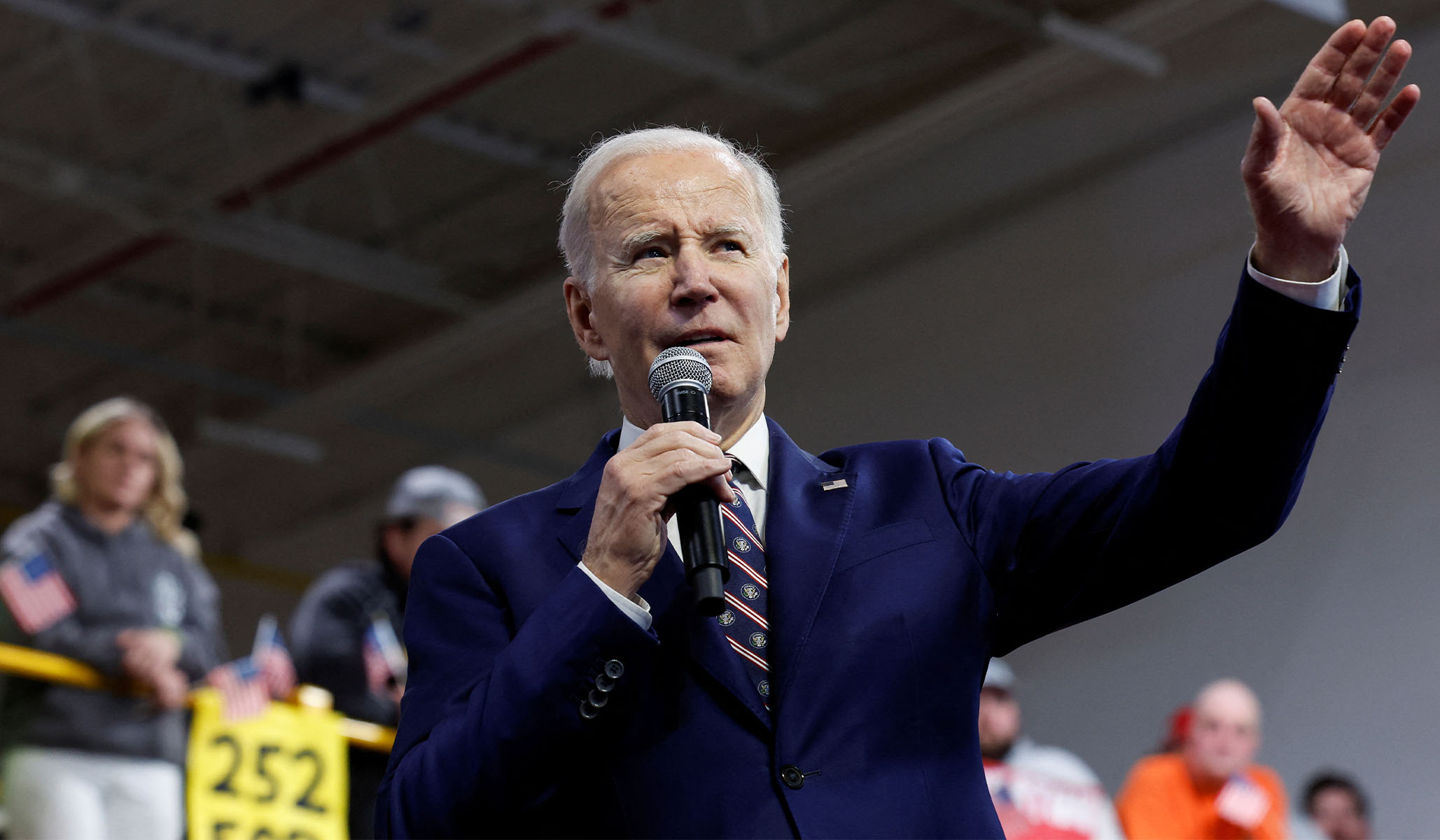


Budgets reflect a president’s priorities, and President Biden’s makes a few things very clear. His administration is committed to:
As I explained last week in Jim Pethokoukis’s Substack Faster, Please:
When it comes to growth, it’s not absolute level of growth that matters the most to people psychologically and politically, it’s its trajectory. As Benjamin Friedman of Harvard University has shown in his book, The Moral Consequences of Economic Growth, with economic growth a society has a greater shot at tolerance, peace, democracy, and embrace of liberal values. Slower growth, or simply stagnation, on the other hand, create beggar-thy-neighbor mindsets that put at risk all the non-economic good things we like and our liberal values.
I realize that this budget is dead on arrival, but it is nonetheless disheartening to see how careless our leaders are.
The Committee for a Responsible Federal Budget has this to say about spending:
Spending in this budget is excessive. At $6.9 trillion, spending next year would be higher than any time during the pandemic and about $2.5 trillion above the pre-pandemic level, representing growth of 55 percent. Despite the nearly $600 billion of prescription drug, defense, and other savings, the budget would spend about 25 percent of the economy per year — unheard of outside of a national emergency. There is nothing wrong with having a spending wish list, but we should wait to implement major new spending or tax cuts until the nation’s fiscal situation is stabilized — a plan that still requires $19 trillion of borrowing is nowhere near under control.
The Cato Institute’s Romina Boccia offers this:
Biden celebrates “stabilizing the deficit” at 5% (!) of GDP. But the non-crisis average deficit over the past 20 years was 4% of GDP . . . and even including crises, the 50-year historic average deficit was 3.5% of GDP. So . . . deficits will be higher and that’s somehow a win?
